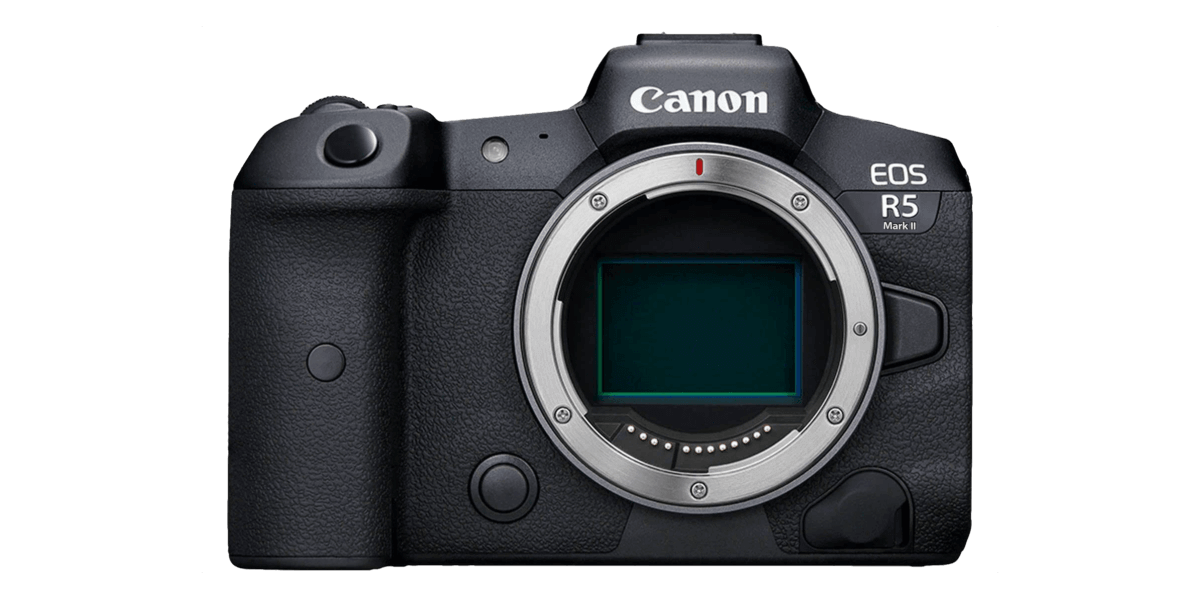Firstly, what a great forum this is. Good subject matter and intelligent feedback.
Now to my input. Most enthusiast level mirrorless cameras (to my knowledge) have a mechanical shutter, usually as a default setting, with an electronic shutter for times when the mechanical shutter is not appropriate. Consequently, the shutter count and all discussions re a shutter count become important for (most) mirrorless cameras. There are serious disadvantages with the electronic shutter (see
https://www.canon-europe.com/pro/infobank/electronic-vs-mechanical-shutter/). For reasons given in that comparison, I am somewhat surprised that the Nikon Z9 does not have a mechanical shutter. Perhaps their technology has overcome the inherent problems of electronic shutters. If anyone can explain this I would be happy to know.
Perhaps it is obvious in hindsight, but with my camera (Fuji X-T4) and probably others, electronic shutter actuations do not record as 'shutter' actuations. It follows, that a low shutter count s/h camera may disguise the possibility that the camera has had a great deal of life/abuse if the electronic shutter has had extensive use instead of the default mechanical shutter. So, treat shutter count with caution.


